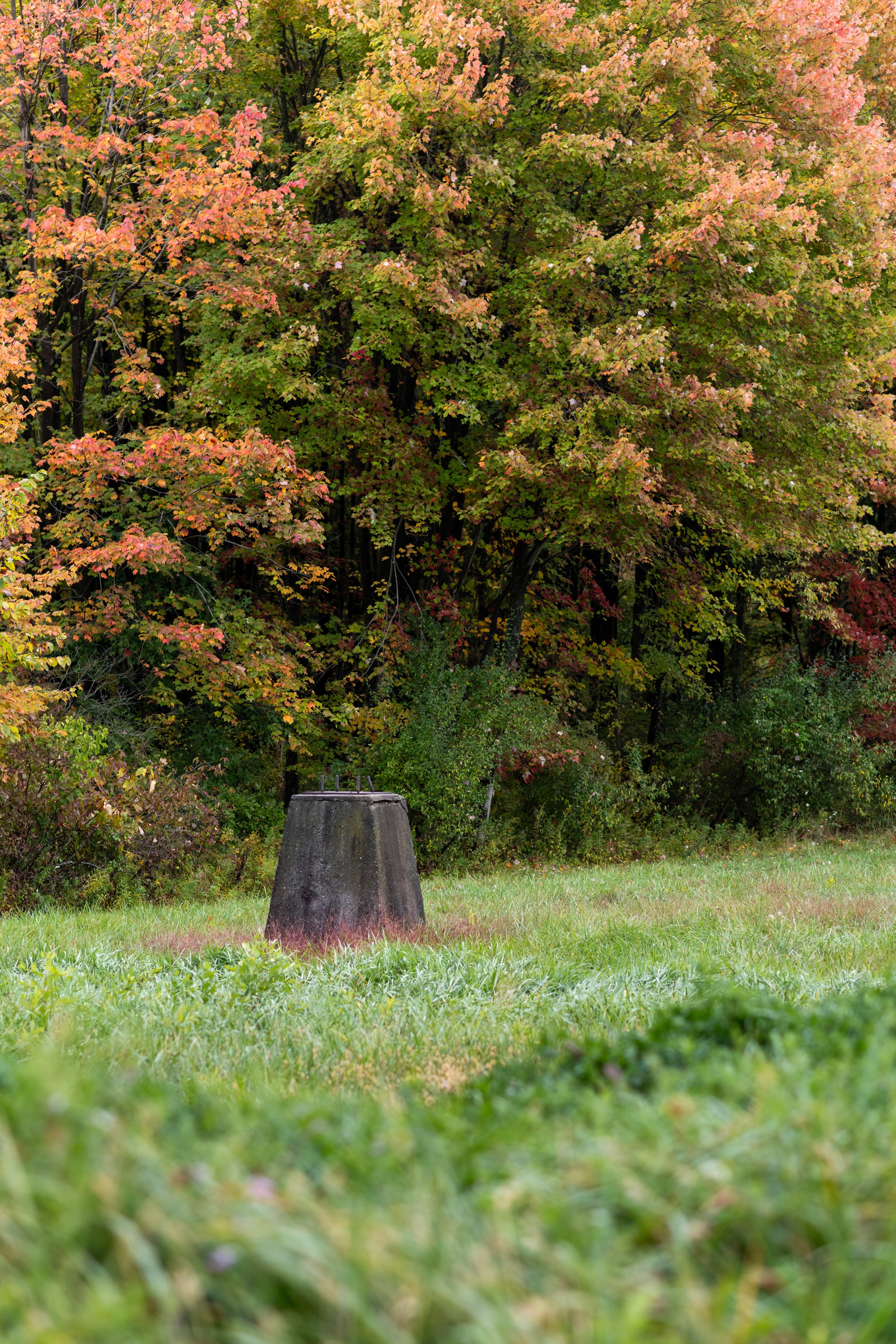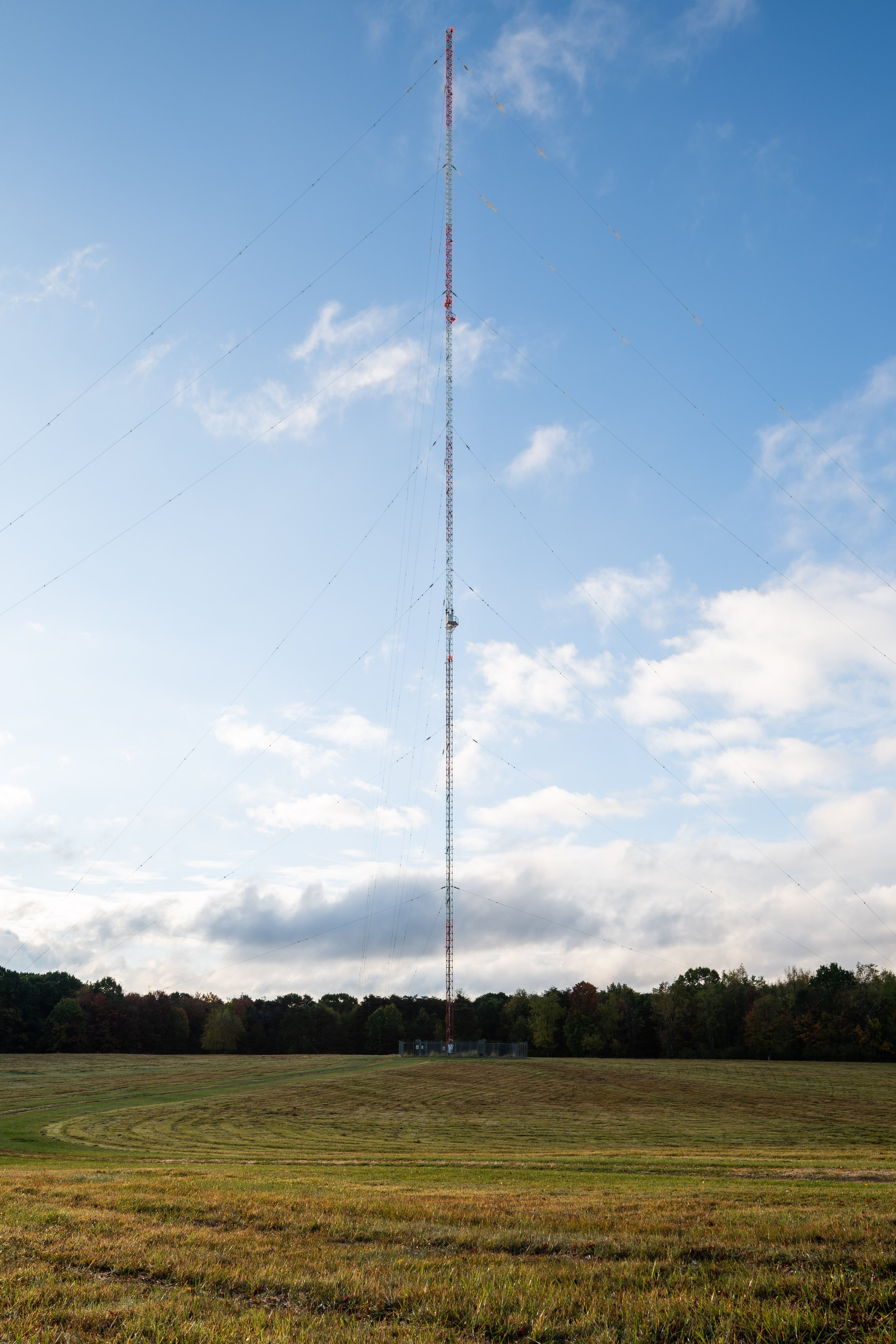A special pre-recorded KDKA program from June 1956 at the Saxonburg Museum in Saxonburg, PA.
History was made on the evening of November 2, 1920, when KDKA, the United States’ first commercially licensed radio broadcaster, informed Pennsylvanians that Warren G. Harding had won the election over James M. Cox of Ohio to become the 29th President of the United States. Home to the Westinghouse Electric and Manufacturing Company, Pittsburgh was a prime location for the first commercial radio broadcast. Westinghouse was quick to capitalize on the “Special Amateur” license it had received during WWI, which allowed the company to conduct experiments while other U.S. radio stations were ordered off the air.
Seeing regular radio broadcasts as a way to incentivize the public to purchase Westinghouse radios, company executives sensed an opportunity to bring entertainment to the masses. Westinghouse had already constructed a transmitter atop the K Building at its Pittsburgh factory to conduct radiotelephone operations with other Westinghouse offices. The array was part of a scheme to avoid those pesky Western Union telegraph charges by sending spoken-word transmissions over the airwaves for free. It was also the perfect set of equipment to repurpose for that first broadcast on November 2, 1920.
That first 100-watt transmitter atop the K Building was only the beginning for KDKA. Through the miracle of vacuum tubes and Westinghouse engineering, KDKA would eventually broadcast at a power level north of 300 kilowatts (kW) from nearby Saxonburg, PA. Normal operations hovered between 50 and 80 kW of broadcasting power, but from 1–6 a.m. each night, KDKA joined the likes of Cincinnati’s WLW (which broadcast at a ludicrous 500 kW) in experimenting with high-power transmission. You could probably pick up the KDKA broadcast from your nearest chain-link fence when the Saxonburg transmitter was pumping out its full 400 kW—similar phenomena were often reported by those who lived near such high-power transmitters.
While I’ve been meaning to organize a deeper dive into the history of broadcast radio, this wasn’t a blog post I had planned for 2023. Sometimes a great bit of local history just falls into your lap, which is what happened when I made a stop at the Saxonburg Museum. I planned a pit stop in Saxonburg on my way to Pittsburgh, PA, because the museum maintains John Roebling’s original workshop—an artifact relevant to a project I’m working on about the remnants of Roebling Steel. The museum’s expansive collection spans far beyond John Roebling’s contributions to Saxonburg, and a 1.5-hour stop quickly turned into 3.5 hours. Tours are by appointment only, so call ahead!
Within the museum is a stunning collection of local artifacts, including a section dedicated to the radio station KDKA. The focal point of the KDKA display is the “Dog House,” a small shack whose namesake comes from its 3/4-size door. The original structure stood at the base of KDKA’s Saxonburg transmitter and housed the massive “Spider Coil” pictured above. The coil is built from 83 feet of thick copper tubing, which was used to tune the station’s signal and reject background noise from the broadcast.
Record Player at the Saxonburg Museum
Some evidence of KDKA’s past in Saxonburg is still visible at the factory complex of Coherent Technologies, a modern-day manufacturer of electronics and communication equipment. A concrete pier from the days when a 718-foot-tall broadcasting tower loomed over the site can still be seen on the property, left behind when the tower was relocated. Additionally, the brick transmission building constructed in the 1930s has been absorbed into Coherent’s factory and is still visible from the exterior.
After taking in some of the history behind KDKA on Saturday at the museum, I started my Sunday off by hunting down the site where the Saxonburg transmitter was relocated. A short drive landed me at KDKA’s present-day Allison Park transmission station. The 1939-vintage New England Colonial-style transmission building straddles KDKA Drive and still houses the original 50 kW Westinghouse transmitter that was relocated from Saxonburg. KDKA moved its broadcasting arrays to Allison Park, PA, around 1940 to improve coverage of Downtown Pittsburgh. KDKA’s shortwave transmitter was left behind in Saxonburg, and the land was eventually deeded to Carnegie Mellon University. An atom smasher was later brought to the site in Saxonburg and used by the university to conduct experiments through the 1970s.
Current KDKA transmission building built in 1939 to locate the KDKA transmitter closer to Downtown Pittsburgh.






